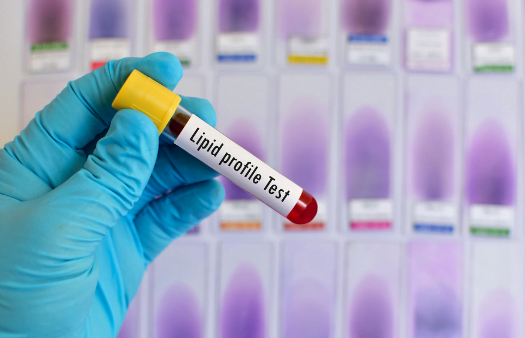Lipid Stability Testing in Pet Food Products
Understanding lipid stability in pet food products is crucial for maintaining product quality and ensuring nutritional integrity. Lipids, or fats, are essential components of pet food as they provide energy, support cell function, and contribute to the palatability of the product. However, lipids can be susceptible to oxidative degradation over time, leading to rancidity which not only affects taste but also reduces shelf life and overall nutritional value.
The process of lipid oxidation involves a series of reactions that ultimately produce free radicals, peroxides, and other compounds that are undesirable in food products. This can be particularly problematic for pet foods given the extended storage periods necessary to reach retailers from manufacturing plants. To mitigate these issues, lipid stability testing is an essential step in the quality control process.
Lipid stability testing involves a range of methodologies aimed at assessing the resistance of lipids to oxidation under various environmental conditions such as temperature, light exposure, and humidity. These tests are critical for ensuring that pet food products remain safe and palatable throughout their shelf life. By conducting these tests, manufacturers can identify potential quality issues early on and take corrective actions if necessary.
The importance of lipid stability testing extends beyond just maintaining product quality; it also plays a role in regulatory compliance. Regulatory bodies around the world have set standards to ensure that pet food products meet certain safety and nutritional criteria. For instance, the Association of American Feed Control Officials (AAFCO) provides guidelines on how to conduct these tests and what levels of oxidative stability are acceptable.
In addition to AAFCO, other international standards such as ISO 6883:2014 provide detailed protocols for lipid oxidation testing. These standards ensure consistency across different regions and help manufacturers meet global market demands. By aligning with these standards, pet food companies can demonstrate their commitment to product quality and safety.
Key Considerations in Lipid Stability Testing
- Sampling: Proper sampling is critical as it ensures that the samples used for testing are representative of the entire batch. Sampling should be done under controlled conditions to avoid any contamination or degradation.
- Storage Conditions: Testing must replicate real-world storage scenarios such as temperature, light exposure, and humidity levels. This helps in understanding how different environmental factors affect lipid stability over time.
The use of appropriate instrumentation is also paramount. Modern analytical tools like gas chromatography (GC), high-performance liquid chromatography (HPLC), and spectroscopy techniques provide precise measurements of lipid breakdown products, allowing for accurate assessments of oxidative stability.
Why It Matters
The quality and safety of pet food are paramount considerations in the industry. Ensuring that lipids remain stable during storage is not just about extending shelf life but also about preserving the nutritional value and flavor of the product. Unstable lipids can lead to rancidity, which detracts from both the taste and texture of the food, potentially leading to reduced consumer satisfaction.
From a health perspective, rancid fats could pose risks if consumed by pets over extended periods. Oxidized lipids have been linked with various health issues in animals, including inflammation and oxidative stress. Therefore, testing for lipid stability is essential to guarantee the safety of pet food products.
In terms of compliance, meeting regulatory standards is not only about legal requirements but also about maintaining a positive reputation among consumers and retailers. A strong commitment to product quality can enhance brand loyalty and market position in competitive environments.
Scope and Methodology
The scope of lipid stability testing involves evaluating the resistance of lipids within pet food products against oxidative degradation over time. This includes assessing the levels of free radicals, peroxides, and other by-products generated during the oxidation process.
- Sample Preparation: Samples are taken from different parts of the batch to ensure representativeness. These samples undergo initial processing steps such as homogenization before being subjected to oxidative stress conditions.
- Oxidative Stress Induction: This involves exposing the prepared samples to controlled environmental factors like elevated temperatures, light exposure, and humidity levels that mimic real storage conditions.
- Analysis: Once exposed, the samples are analyzed using advanced analytical techniques such as GC and HPLC to measure the extent of lipid breakdown and identify specific compounds formed during oxidation. These analyses help in quantifying the degree of oxidative stability.
The methodology also includes comparing results against set standards provided by regulatory bodies like AAFCO and international standards like ISO 6883:2014 to ensure compliance with industry norms.
International Acceptance and Recognition
- American Standards: The AAFCO provides guidelines on lipid stability testing for pet food products, ensuring that the tests are conducted consistently across different regions.
- European Standards: ISO 6883:2014 sets out detailed protocols for assessing oxidative stability in fats and oils. This standard is widely recognized and used globally.





